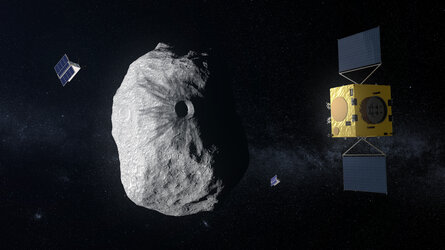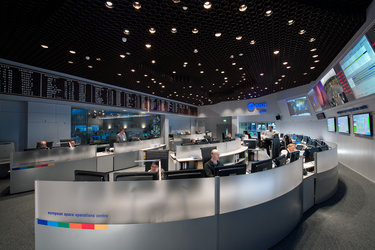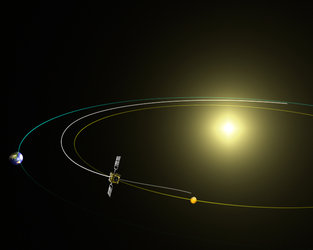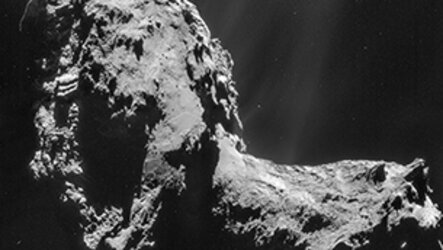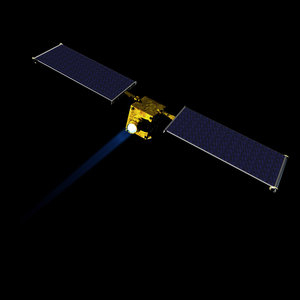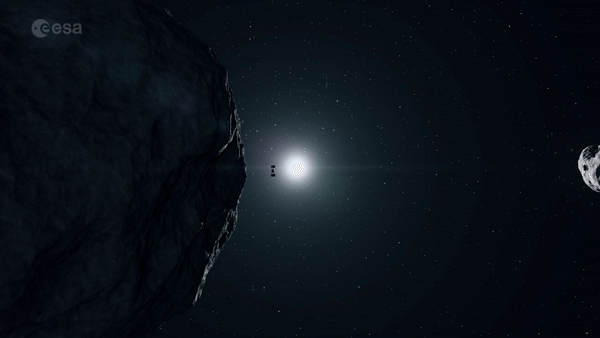Amateur astronomers: help choose asteroid flybys for Hera
Amateur astronomers around the world are being asked to help the proposed ESA asteroid mission. As well as exploring its final destination – the Didymos binary asteroid system – the Hera spacecraft could potentially fly past one or more bodies on the way. But the mission team require additional observations to help select their targets.
“Asteroid research is one area of astronomy where amateur observers continue to make an essential contribution,” says Prof. Alan Fitzsimmons of Queen's University Belfast, part of the Hera investigation team.
“The flyby candidates we have identified so far are little more than tiny dots of light in the sky, so faint they are invisible to the naked eye. We need as much help as possible to refine their orbits and measure their properties, which could give clues to their characteristics in advance of Hera’s launch in October 2024.”

The flyby opportunity arises because Hera will be headed out to match Didymos’s 770-day orbit around the Sun, which circles from less than 10 million km from Earth to out beyond Mars, at more than double Earth’s Sunward distance. In the process Hera will pass multiple asteroids and the inner edge of the main Asteroid Belt.
ESA’s European Space Operations Centre (ESOC) has come up with a flyby shortlist, explains ESA’s Hera project scientist, Michael Küppers: “For a 2-5 km asteroid employing Hera’s main Asteroid Framing Camera, we would aim for a flyby distance of 500 km – but close approaches without real flybys are still useful, as they allow asteroid observations from angles unachievable from Earth. ”

The precise targeting will come right down to the day of launch, how much fuel remains after fine-tuning Hera’s trajectory to Didymos, and how accurately it will be possible to refine the potential flyby targets’ orbits. The amount of fine-tuning will also be dependent on the Ariane 6 launcher which will place Hera onto its interplanetary trajectory.
From ESOC’s full set of flyby possibilities Prof. Fitzsimmons and the Hera investigation team have come up with an initial list of seven candidate asteroids they would like amateur astronomers to observe.
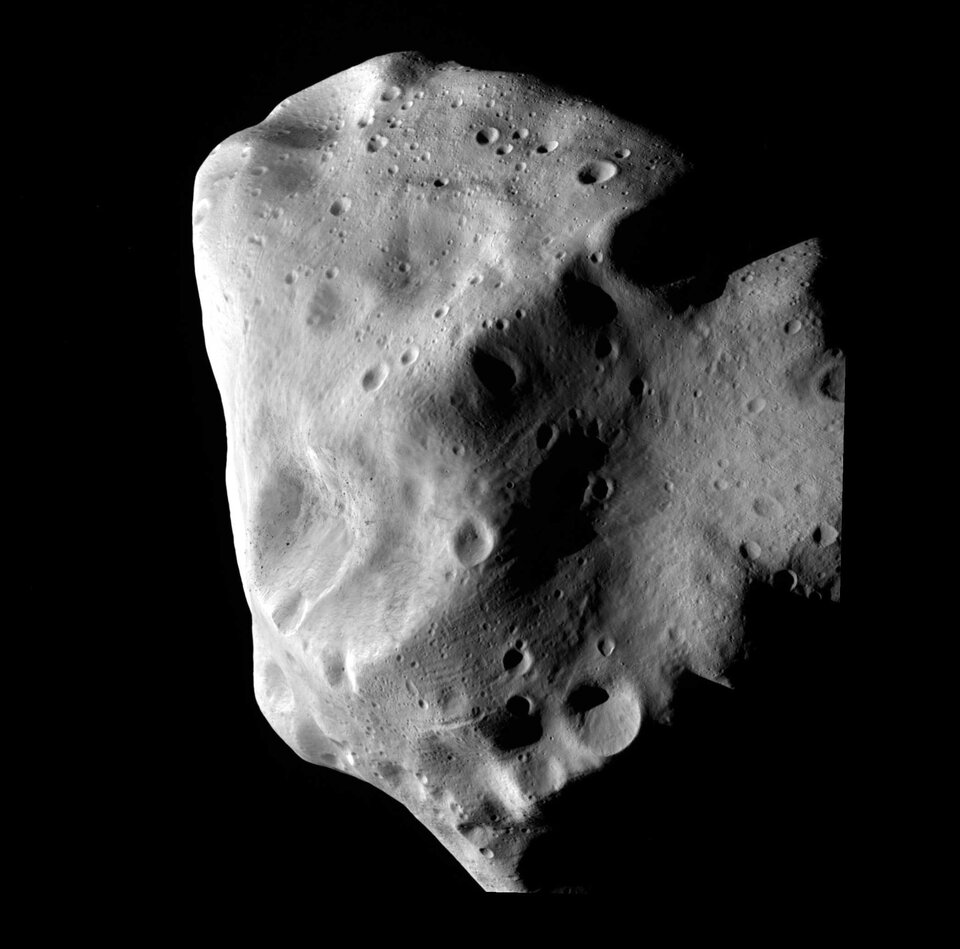
“Only three of these bodies have known diameters and albedos, or surface brightness,” adds Prof. Fitzsimmons. “And none of them have known rotation periods – this is something experienced amateurs could try and measure for us, especially for the brighter objects.”
ESA’s first experience with asteroid flybys came during Europe’s Rosetta mission, when the comet chaser passed two Main Belt asteroids in 2008 and 2010, giving the spacecraft an early opportunity to try out its suite of scientific instruments ahead of reaching comet 67P Churyumov–Gerasimenko in 2014.

But Rosetta was a lorry-sized spacecraft on a 10-year cruise phase with multiple planetary flybys, while Hera will be only the size of a desk, headed on a more straightforward route through deep space for a little over two years.
So any additional asteroid encounter cannot be taken for granted, but would be a scientifically valuable extra. And the entire amateur astronomer community can help select potential flyby targets.
The Hera spacecraft will be presented to ESA’s Space19+ meeting this Wednesday and Thursday as part of the Agency’s Space Safety programme, where Europe’s space ministers will take a final decision on flying the mission.

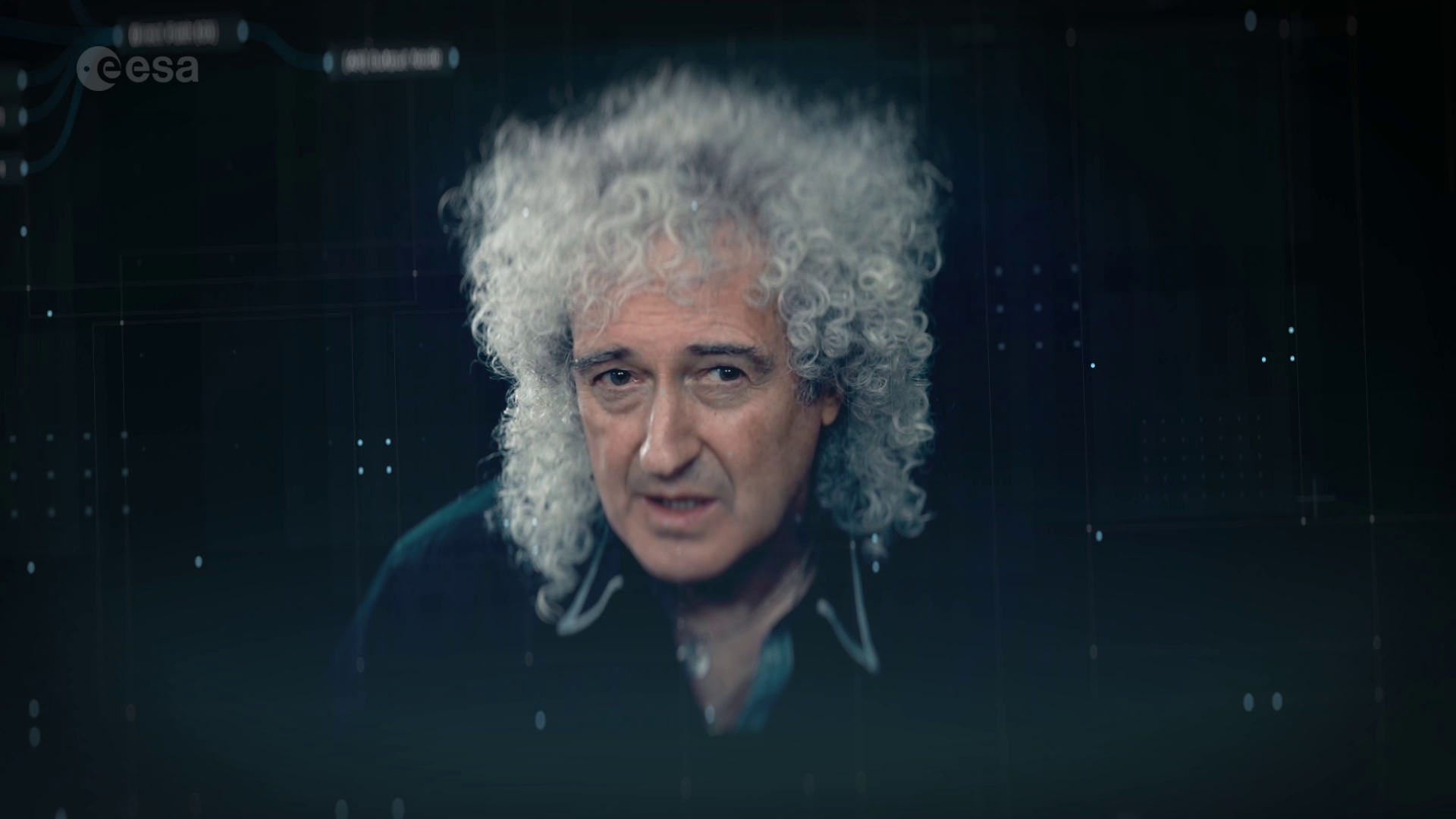
Access the video














 Germany
Germany
 Austria
Austria
 Belgium
Belgium
 Denmark
Denmark
 Spain
Spain
 Estonia
Estonia
 Finland
Finland
 France
France
 Greece
Greece
 Hungary
Hungary
 Ireland
Ireland
 Italy
Italy
 Luxembourg
Luxembourg
 Norway
Norway
 The Netherlands
The Netherlands
 Poland
Poland
 Portugal
Portugal
 Czechia
Czechia
 Romania
Romania
 United Kingdom
United Kingdom
 Slovenia
Slovenia
 Sweden
Sweden
 Switzerland
Switzerland


























